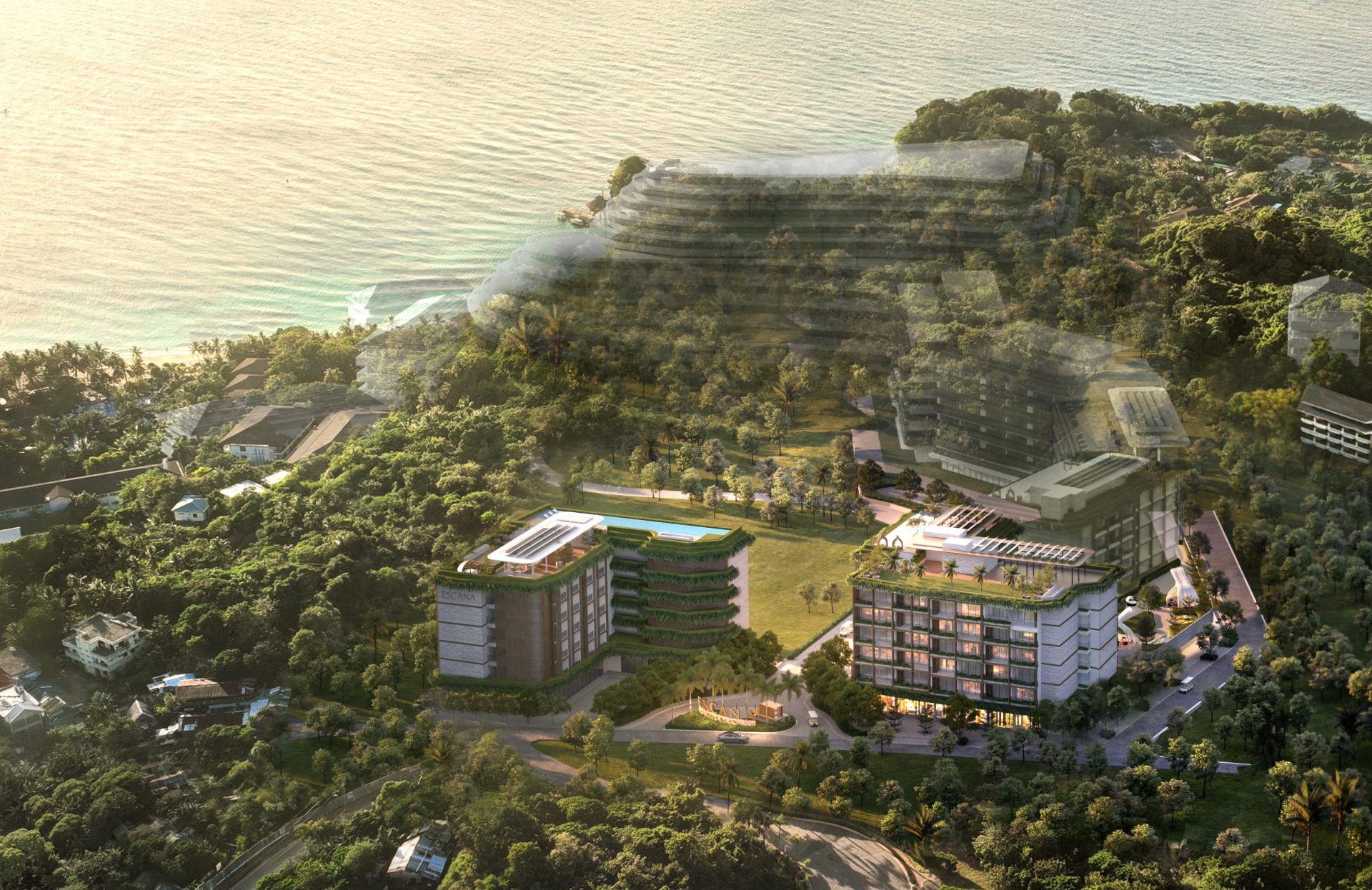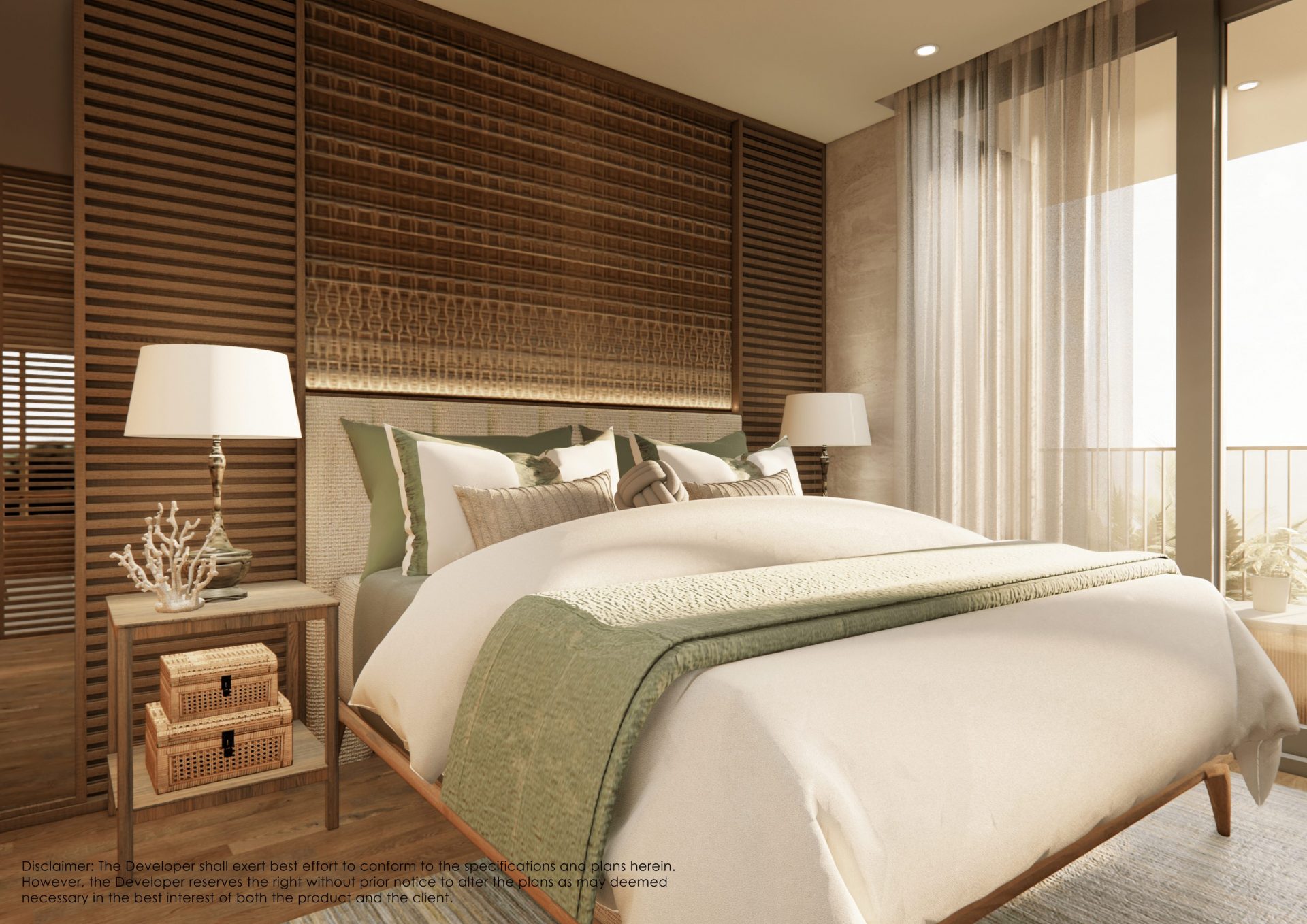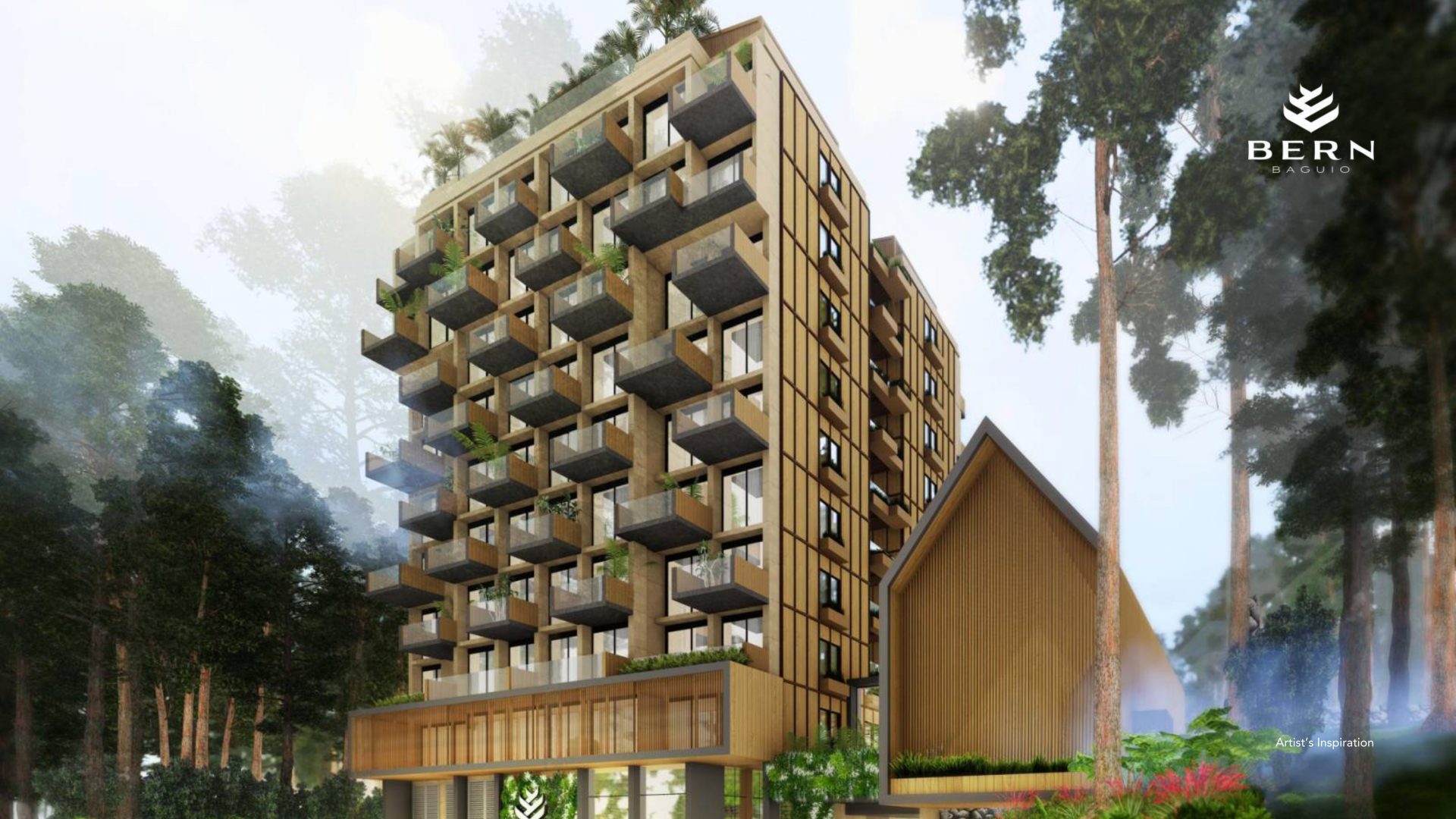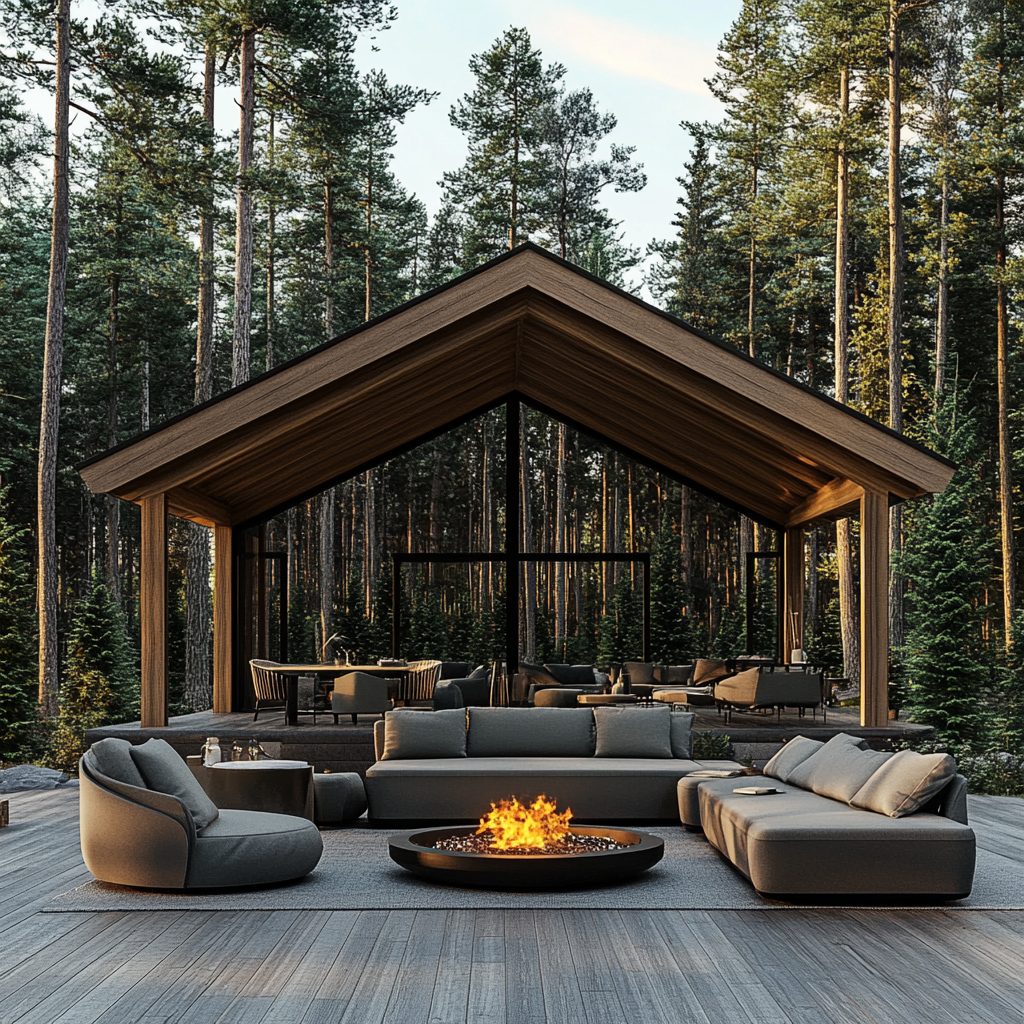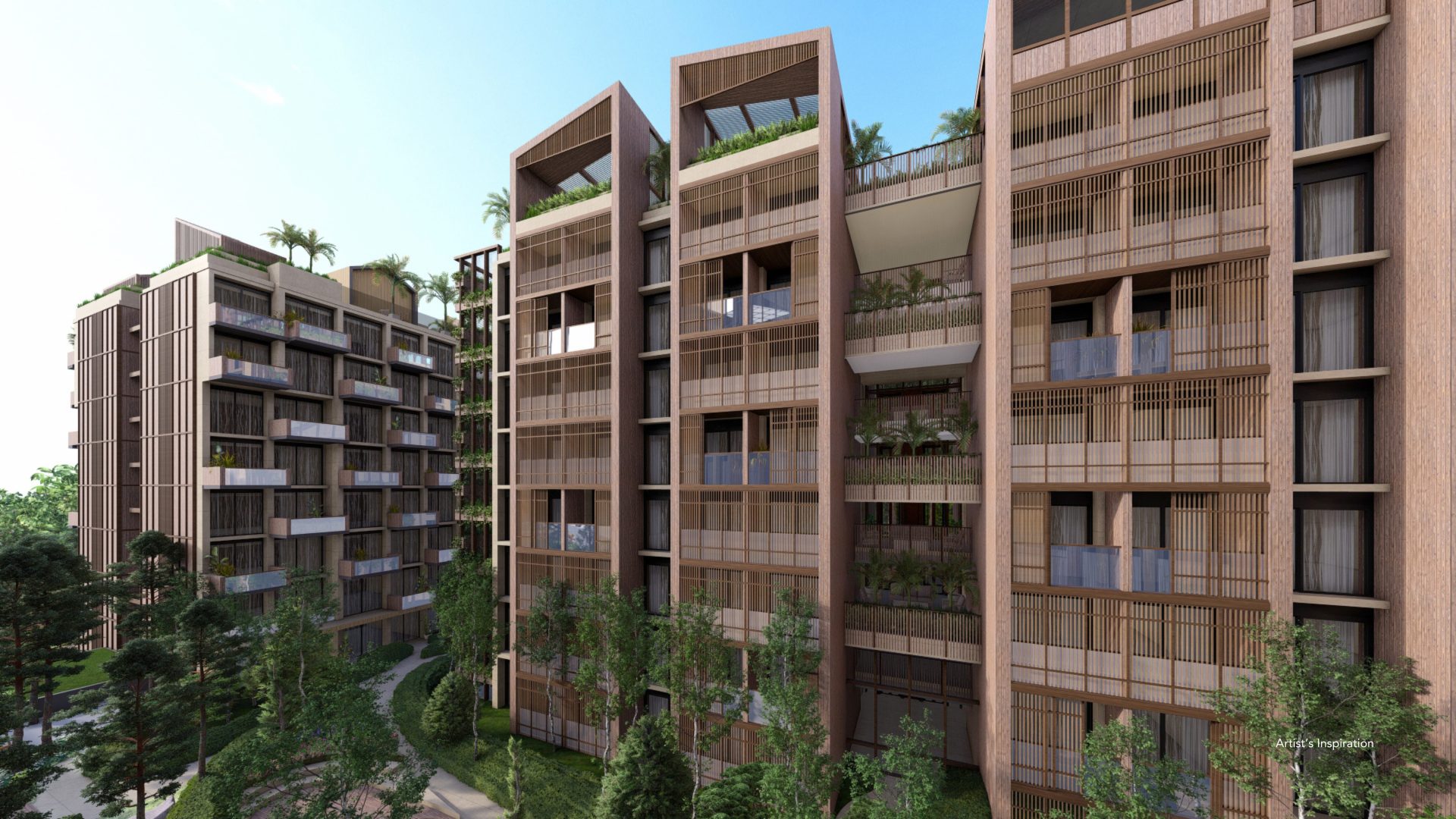BLOGS
Rules and Regulations of Subdivision in Philippines
Many Filipinos are now choosing real estate subdivisions as their preferred home option. This is primarily due to the lifestyle that subdivisions symbolize in terms of community and unity. These qualities rank among the most important factors for Filipinos seeking for a place to live in the city or any other provinces. In reality, developments can be found all over the Philippines as a result of the rising demand for subdivisions.
Are you interested in these regulations and planning to purchase an investment property in a subdivision? If so, read this thorough overview the list of the rules and regulations governing the Philippines’ most basic subdivision. So let’s get going!
Importance of Following the Rules and Regulations of the Subdivision in the Philippines
First of all, it’s important to comprehend that all subdivision residents are required to follow by the community’s ordinances. These bylaws are in place to make sure that everyone’s rights are upheld and that the community operates efficiently. These may cover guidelines for parking, noise levels, and how to use public spaces. For instance, some neighborhoods might establish specific parking spaces for homeowners and visitors and forbid loud music or parties after a specific hour. This is done to ensure that the neighborhood is safe and secure and that the residents can live in peace.
All residents must keep their homes neat and orderly, which is another important rule. This entails maintaining the exterior of their homes as well as their lawns and gardens. Because if you don’t, there can be fines or penalties. This safeguards community aesthetics and averts any health and safety risks. And a well-kept home preserves the value of the homeowner’s property while also enhancing the neighborhood’s appearance.
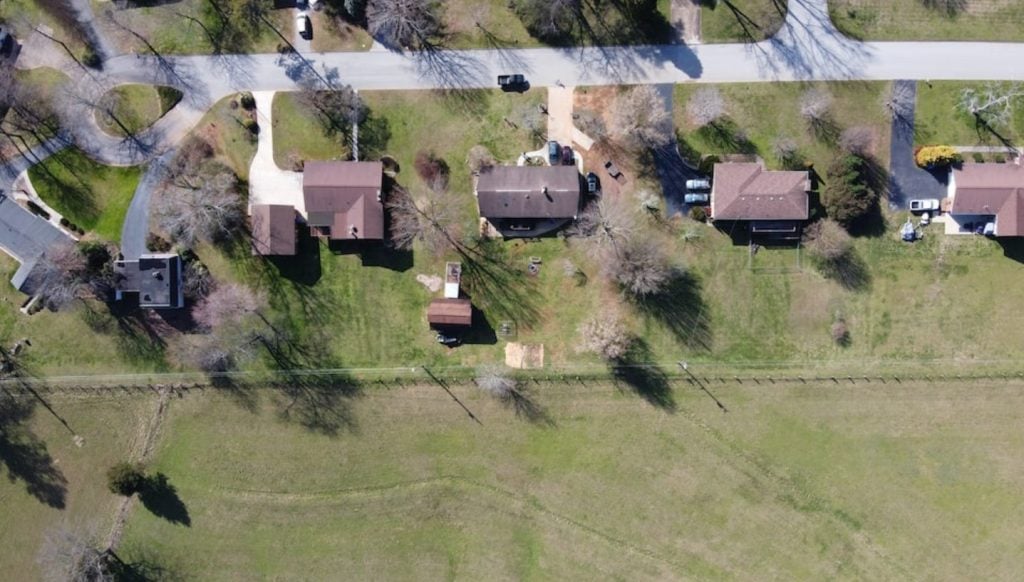
Homeowners Association
The homeowners Association (also known as HOA) is an organization that establishes, records, and upholds rules and regulations for the properties and people. These guidelines are intended to safeguard homeowners’ rights and guarantee that the subdivision lot is kept in a secure and safe condition. The fundamental guidelines of a HOA are typically laid forth in a homeowner’s handbook, which the association’s board of trustees may supplement and revise. The manual also established requirements and laid out consequences for breaking them.
It is crucial for residents to comprehend that the HOA is a legal organization in charge of managing and maintaining the neighborhood. In order to maintain the common spaces, provide security, and pay for other community costs, homeowners are required to pay regular dues. The pool, parks, and playgrounds are just a few examples of the common facilities that are maintained and repaired with the help of these dues. It also covers additional costs necessary to maintain the community’s seamless operation, such as security guards, energy bills, and other costs.
It is important to understand that different subdivisions may have different HOA rules and regulations. Hence, before buying your house and lot in the Philippines, it is crucial to read and comprehend the laws and regulations of the specific HOA.
Security and Safety in a Subdivision
Security is yet another important component of a subdivision. In many subdivisions, there shall be security guards on duty, and it may be necessary for residents to register their visitors and vehicles with the security office. The residents’ safety and the restriction of access to the neighborhood are the purposes of this. CCTV cameras may also be installed in some developments’ common spaces to monitor the neighborhood’s security. This is done to make sure the residents are safe and secure and that there are no criminal activities taking place within the neighborhood.
Some subdivisions have amenities like playgrounds, parks, and swimming pools that are only available to residents and their visitors. Hence, there might be guidelines for using these amenities, such as dress regulations and time limits. For instance, some subdivisions may mandate that residents use the swimming pool in an appropriate swimwear and may forbid usage of the pool after a specific hour in the evening. This is done to ensure that the amenities are used safely and that loud noises or inappropriate behavior won’t bother the neighborhood.
Security and upkeep-related clauses are frequently included in an HOA’s rules and regulations. These rules are made to guarantee that the neighborhood is kept in a secure and safe condition. To ensure that the residents are secure and well-protected and that there are no illegal activities taking place in the neighborhood, the majority of subdivisions have installed and maintained specific security systems, including alarms, cameras, and motion sensors.
Strict Compliance with HOA’s Guidelines or Handbook
Making sure that an HOA’s rules and regulations are obeyed is important. Penalties, fines, and even legal action may be imposed for breaking the laws and regulations.
Also, it’s important to keep abreast of any laws and regulations modifications that might be made. To make sure the rules and regulations adhere to the authority, local government code or the condominium act, the HOA may periodically examine and update them. To avoid fines or other problems, it is crucial to continually stay current on any modifications that may be made.
Modifying the Unit’s Design
A subdivision’s homes frequently have a standardized design (such as the color of the paint and the structure). Unless you merely purchased the lot, some communities forbid homeowners from changing the exterior style of their homes. If you are unsure, you can always ask with the developer or agent if changing the house’s design is allowed.
Additionally, the rules and regulations could also stipulate how the homeowners are to keep up the exterior of their houses. This can entail obligations to maintain lawns trimmed and weeds plucked, clear the lot of trash and rubbish, and fix any exterior damage to the house.
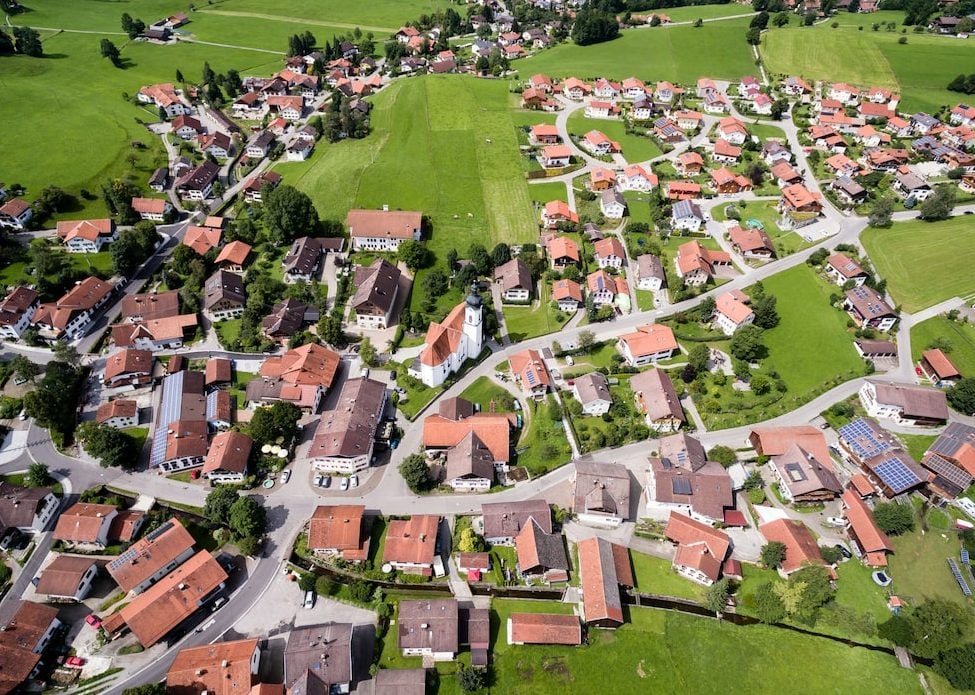
Loud and Extreme Behavior
To maintain the aesthetic quality of the neighborhood, several subdivisions include regulations banning excessively noisy or unnecessary activity. Residents may take measures to avoid excessive noise or other disturbances because they normally demand a quiet and tranquil living environment.
The HOA or property manager may frequently intervene to resolve the issue or give advice to the couple to tone it down if some couples are fighting and it is audible across the neighborhood. The same goes for business owners that host boisterous events, play loud music, or sing too loudly.
Parking
Unwritten parking rules and regulations could prohibit overnight parking on the street or in common part and open spaces of the community.
Benefits of HOA’s Rules and Regulations
The advantages of abiding by a HOA’s rules and regulations are numerous. One benefit is that will guarantees the security and safety of the subdivision lot. Homeowners can feel secure in the care of their property if the rules and regulations are followed. Also, it helps a property’s value rise. Homeowners can ensure that their property is appealing to prospective purchasers by keeping the subdivision lot neat and well-maintained.
Furthermore, you can contribute to the development of a sense of community among the members by abiding by the rules and regulations of an HOA. The subdivision might feel more cohesive if homeowners establish ties with their neighbors.
To sum up, it might be a wonderful experience to live in a real estate subdivision in the Philippines, but it’s necessary to be aware of the rules and regulations that apply to these neighborhoods. Bylaws, property upkeep, building limits, security, and access to facilities are a few examples of these. Residents can contribute to making their community a pleasant and secure place to live by being aware of and adhering to these guidelines. It’s crucial for homeowners to comprehend the function of the HOA and the costs associated with upkeep of the neighborhood. With this information, locals may decide for themselves and their families whether a certain subdivision is the best fit.
Suggested Read: How To Stay Safe In Your Luxury Vacation Home This Summer
Suggested Read: 10 Questions To Ask When Buying A Condo In The Philippines
Suggested Read: Most Expensive Subdivisions In The South Of Metro Manila
Suggested Read: Safest Subdivision In The South Of Metro Manila
Suggested Read: Why Spend Your New Year In Laguna



